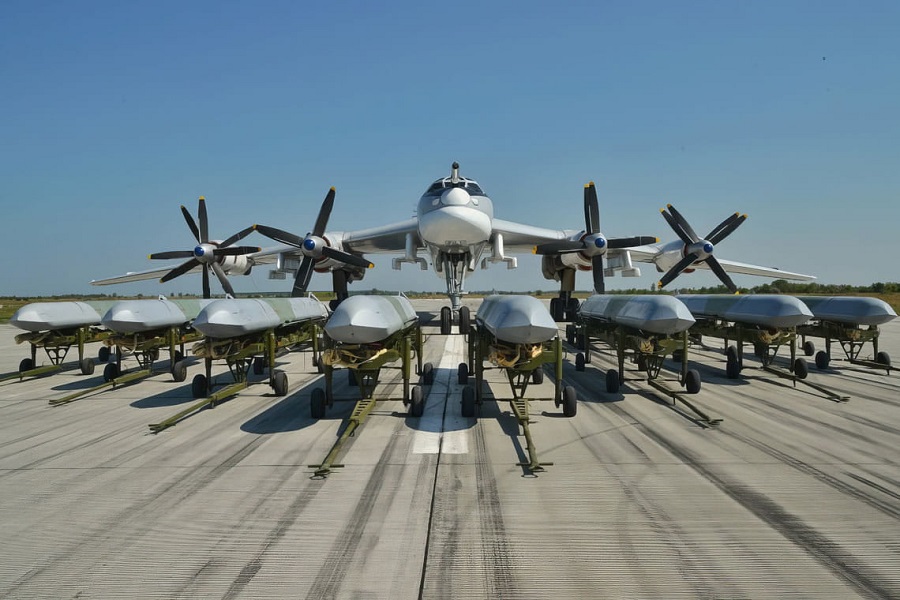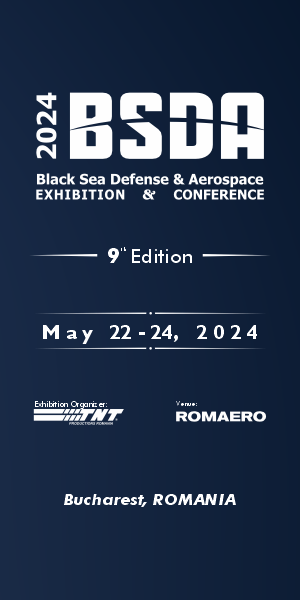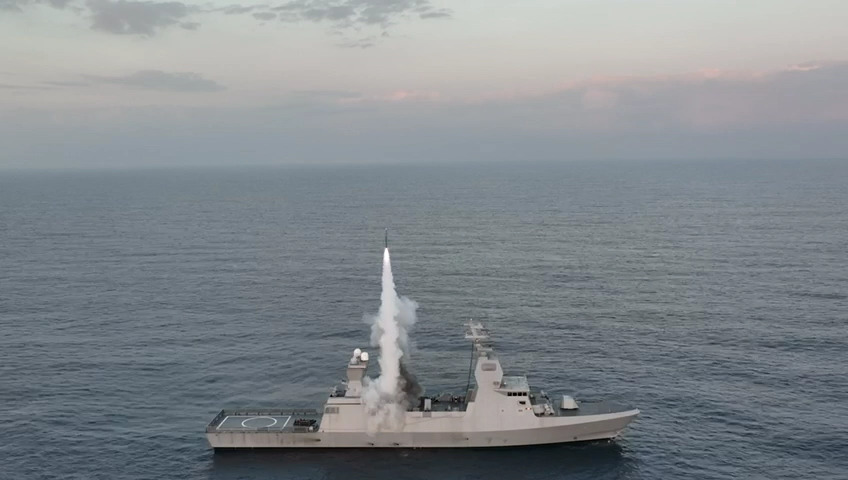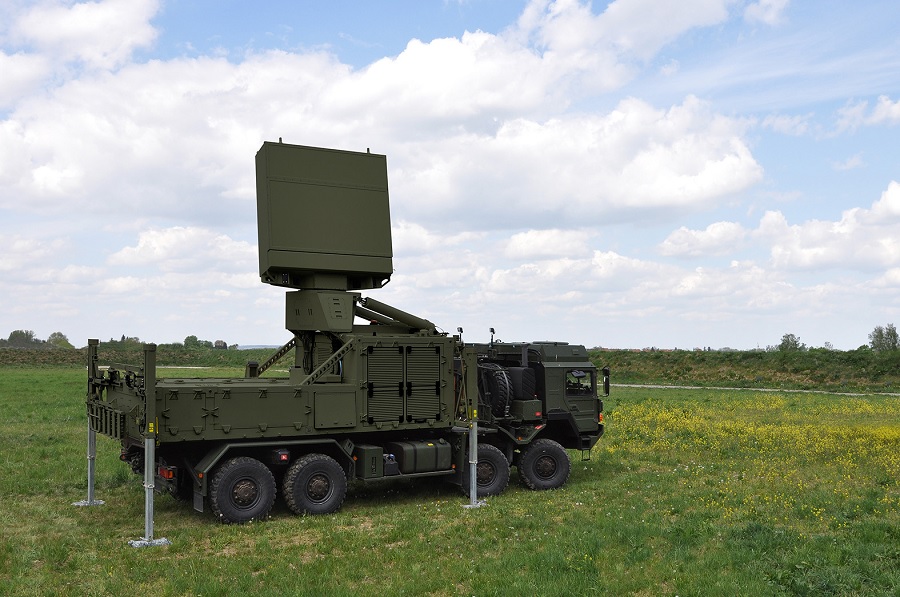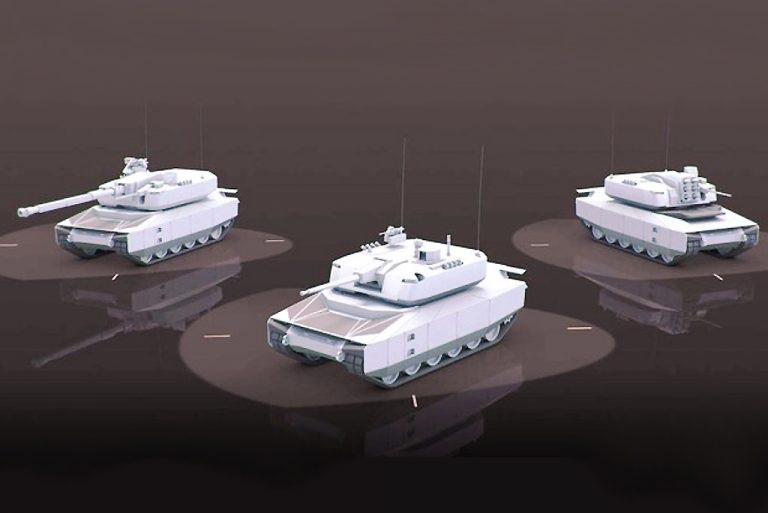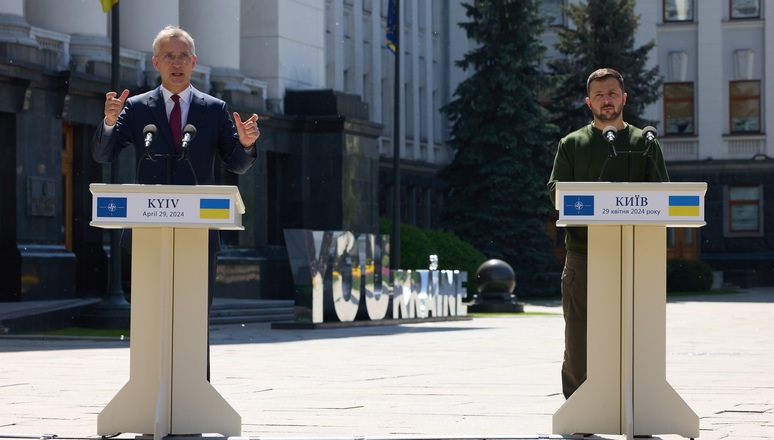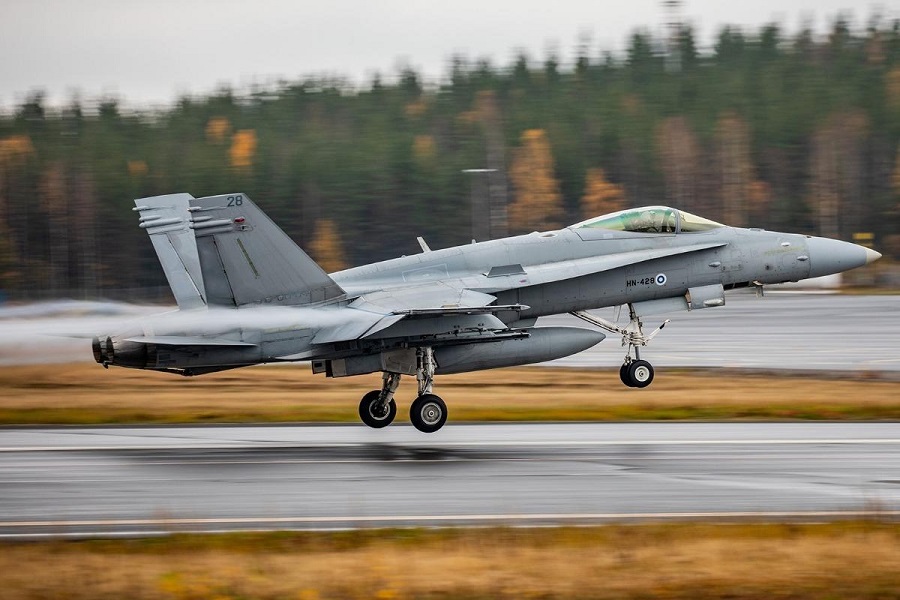Work on the next generation of air-launched cruise missiles for new bomber carriers began in the USSR as part of the R-2000 program initiated in 1991, meaning rockets for the year 2000. One requirement was to reduce the effective radar cross-section compared to the Soviet-era Kh-55/Kh-555 missile family.
The first to be developed was a long-range missile, successor to the Kh-55, carrying a nuclear warhead. The new rocket, designated Kh-102 (product 504B), also had a nuclear warhead. Its tests were conducted from 2006-2008, followed by limited serial production.
In 2012, a variant of the missile with a conventional warhead, designated Kh-101 (product 504B), was introduced into the arsenal. Official Russian documents indicate that the missiles were officially adopted in 2013.
The Kh-101/Kh-102 missile is designed as a winged rocket with a flattened fuselage cross-section to reduce effective radar cross-section. It consists of three parts: a nose with guidance systems, a central section with fuel and a warhead, and a tail with an engine and control system. Upon launch, wings extend from the body, and a turbojet march engine, product 84, is lowered.
The guidance system includes an inertial navigation system SN-504 with terrain-following using a radio altimeter with a Doppler radar – drift meter, a satellite navigation receiver SN-99, and an optoelectronic correlational terrain-tracking system comparing it with memory-stored data, Otblesk-U. According to official data, the deviation from the target point at maximum range should not exceed 10 meters.
The missile’s launch weight is 2400 kg. In the case of Kh-101, the conventional warhead weighing 400 kg has a penetrating charge. The Kh-102 version carries an adjustable-yield thermonuclear charge. There is also a version designated product 504AP, equipped with the SP-504 electronic jamming station.
During the Russian-Ukrainian war, it was found that some Kh-101 missiles are equipped with flares released during flight, designed to confuse anti-aircraft missiles by misleading heat-seeking heads.
Kh-101 and Kh-102 missiles are carried by Tu-95MS aircraft, which carry eight of them on four under-wing pylons AKU-5M, and Tu-160 bombers, which can carry twelve inside the bomb bay on two drum locks 9A-829K3.
Use of Kh-101 Missiles Against Ukraine
According to Ukrainian intelligence, on the eve of the full-scale aggression against Ukraine, the Russian Armed Forces had 444 Kh-101 missiles, as well as older and no longer produced Kh-555 and Kh-55SM. By the end of 2022, Russian industry was to produce another 290 Kh-101s. Most of the existing stockpile was fired at Ukraine, as at the beginning of 2023, according to publicly available data from Ukrainian intelligence, there were only about 118 Kh-101s left in the Russian arsenal. The Ukrainian side estimates the level of Kh-101 missile production in 2023 at 30-40 units per month.
By the end of December 2023, the Russians, having been sparing with these missiles in the second half of the year, had accumulated just over 300.
According to a summary from the Ukrainian Armed Forces’ Air Force, since the beginning of the war, Russian Tu-95MS and Tu-160 bombers have fired 1430 Kh-101 and Kh-555/55 cruise missiles, of which the Armed Force of Ukraine destroyed 1104.
Currently, there are about 150 Kh-101s in the Russian arsenal, which means that this stockpile would enable the execution of one more two-phase attack spread over two days. Another attack involving nearly 100 missiles will only be possible in another two months.



